How to Use Wire Nuts (A Quick and Easy Guide)
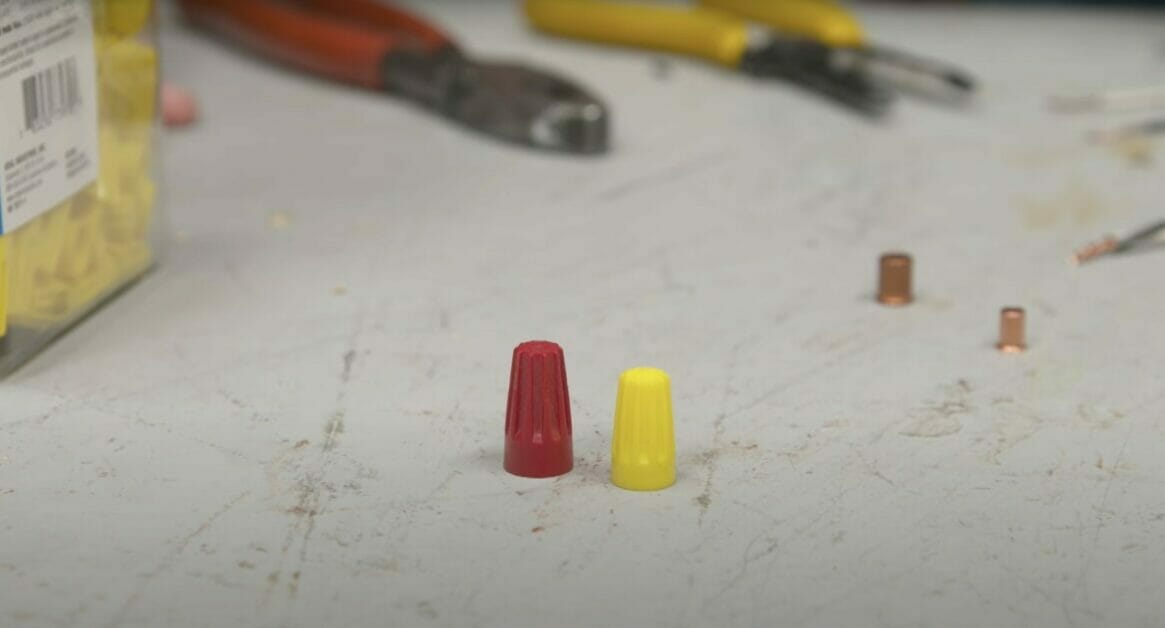
Do you know those tiny things that look like colorful miniature cones? Wire nuts might seem insignificant, but they are crucial for electrical wiring.
Key Takeaways – Wire nuts are small connectors that fasten two or more electrical wires together. They come in various sizes and colors to accommodate different wire gauges. To use wire nuts, strip the ends of the wires you wish to connect and twist them together before screwing on the wire nut.
So please stick with me as I navigate the world of wire nuts. I’ll cover everything from picking the right size for your project to installing it!
Choosing the Right Size Wire Nut for the Job
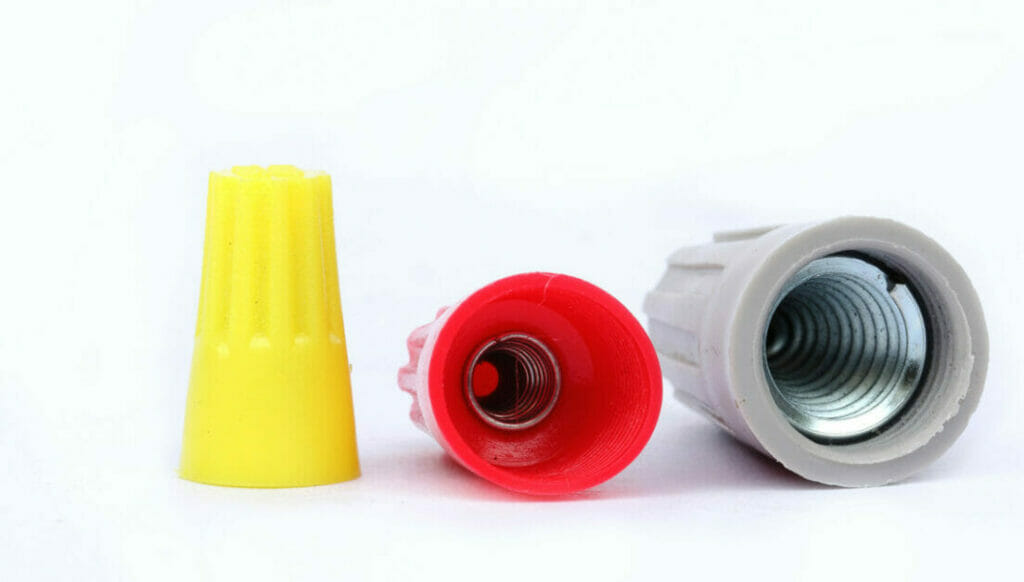
The size of your wire nut is also crucial to ensuring a secure connection. So, how do you figure this out?
First, you must understand that wire nuts come in different sizes and colors.
The color usually corresponds to the wire gauge size they can handle. But remember, there’s no universal standard for this color-coding system.
Here are some common ones:
| Color | Wire Compatibility |
|---|---|
| Gray | Two #22 wires |
| Blue | Two or three #16 wires |
| Orange | Two #14 wires |
| Yellow | One or two #12 wires |
| Red | Up to four #12 wires |
Don’t worry if you don’t have all these colors memorized. They’re typically listed on product packaging or an easy Google search away.
However, it’s important to note – just because a wire fits doesn’t mean it’s safe. You need correct matching between your wire gauge and nut size to create a solid connection and prevent electrical mishaps.
Remember: When in doubt, consult with an electrician or professional hardware store staff member before starting your project!
So, now that we’ve got our heads wrapped around choosing the right-sized wire nut, we’re ready to tackle those wiring projects head-on!
Step-by-Step Guide to Properly Using a Wire Nut
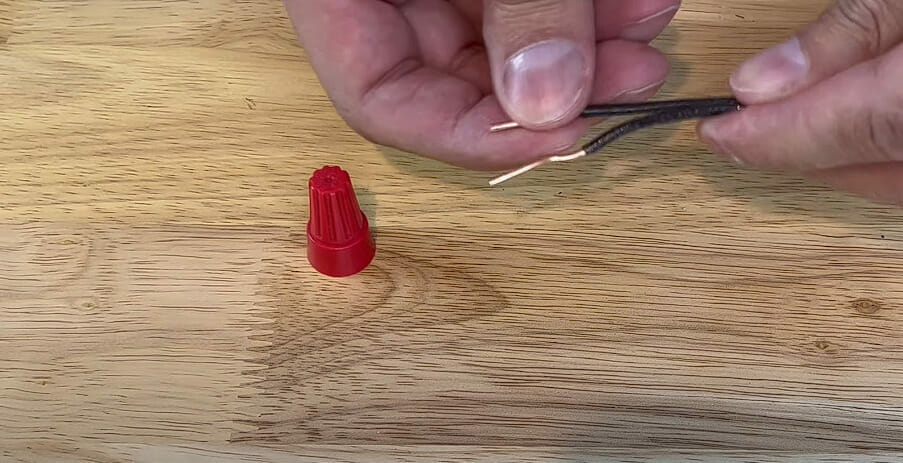
First and foremost, always turn off the power before you start working with any electrical wires. It might seem like a no-brainer, but it’s easy to forget when you’re in the middle of a project. Trust me; you don’t want to learn this one the hard way!
Now, onto the step-by-step guide:
Step 1. The first step is pretty simple – prepare the wires. You’ll want to strip about 3/4 inches of insulation from the end of each wire using a wire stripper.
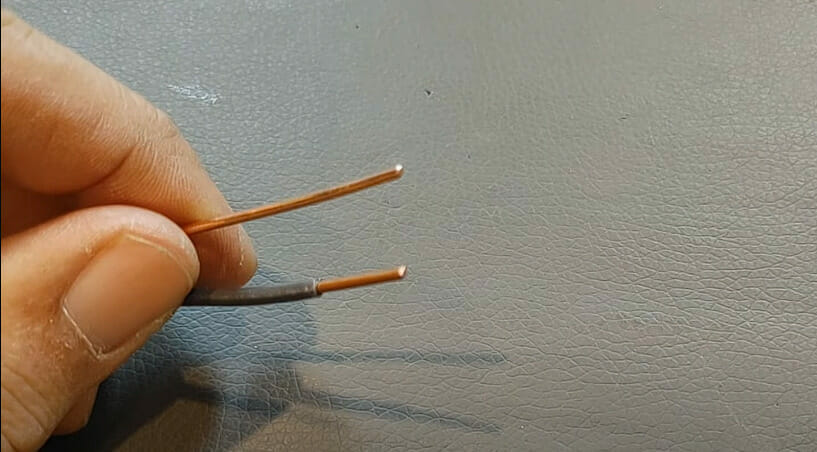
Be careful, though! You don’t want to damage the metal underneath.
Step 2. Next up, align those stripped wires by twisting them clockwise until they’re secure.
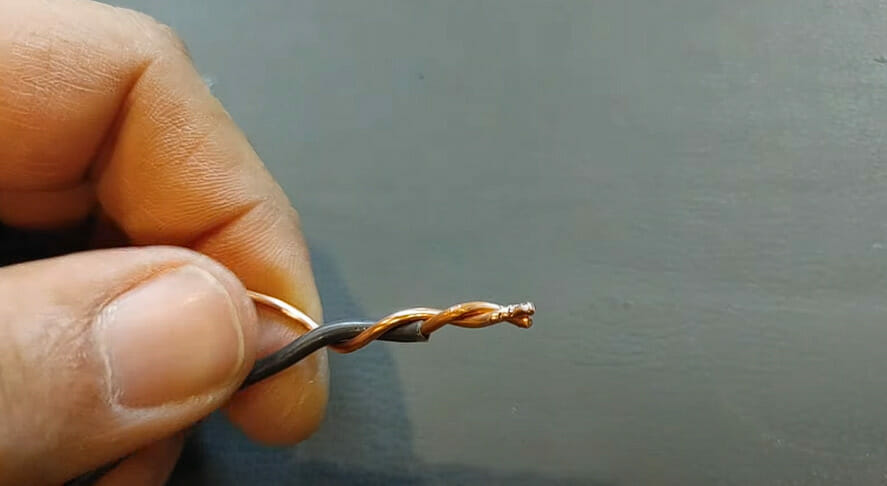
Don’t worry if it feels tricky at first – trust me, I’ve been there!
Step 3. Now comes the fun part: applying the wire nut itself.
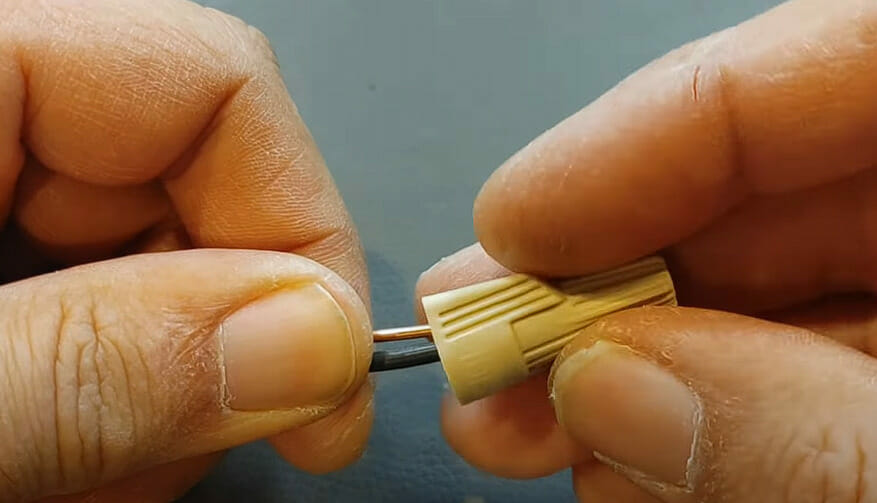
Slide your chosen wire nut over the twisted wires and turn it clockwise until you can’t twist anymore and it feels snug and secure.
Remember:
- Use a proper-sized wire nut for your bundle of wires.
- The copper conductors should not be visible when you look at them directly below after attaching the wire nut.
- Make sure no bare wires are showing outside of the screw cap either.
And voila! There you have it – a quick ‘n easy guide on how to use a wire nut like an absolute pro.
Common Mistakes to Avoid with Wire Nuts
Wire nuts are essential in electrical work, but misuse them, and you’re looking at a world of trouble. Let’s dive into some common mistakes made with wire nuts.
First, using the wrong size is a classic mistake I often see. Wire nuts come in different sizes for a reason, folks! They’re designed to fit specific gauges of wires snugly. Too big or too small, and you won’t get that secure connection we’re after.
Now onto another blunder – reusing old wire nuts. They might look okay outside, but the inside could be a different story. Over time, the metal coil inside can wear out, leading to poor connections. Save yourself future headaches by using new ones!
What about overloading your wire nut, huh? It might be tempting to connect as many wires as possible under one nut, but this isn’t safe! Always check the packaging for maximum capacity instructions to avoid overheating.
And let’s not forget about not testing your connection once done. Just give those wires a good tug! If they slip out easily or if there’s any movement within the cap – something isn’t right!
Finally, remember this tip: always ensure your wiring is turned OFF before starting any project! Safety first, guys!
So there you have some common pitfalls when working with wire nuts and how to avoid them.
References
Organizations:
- Institute of Electrical and Electronics Engineers (IEEE). https://www.ieee.org/
Websites:
- The Family Handyman. https://www.familyhandyman.com/
- DIYChatroom. https://www.diychatroom.com/
- Home Depot DIY Workshop. https://www.homedepot.com/workshops/
- Electrical101. https://www.electrical101.com/
Video References:
This Old House
Bevins Builds
